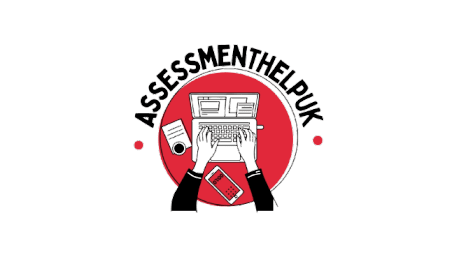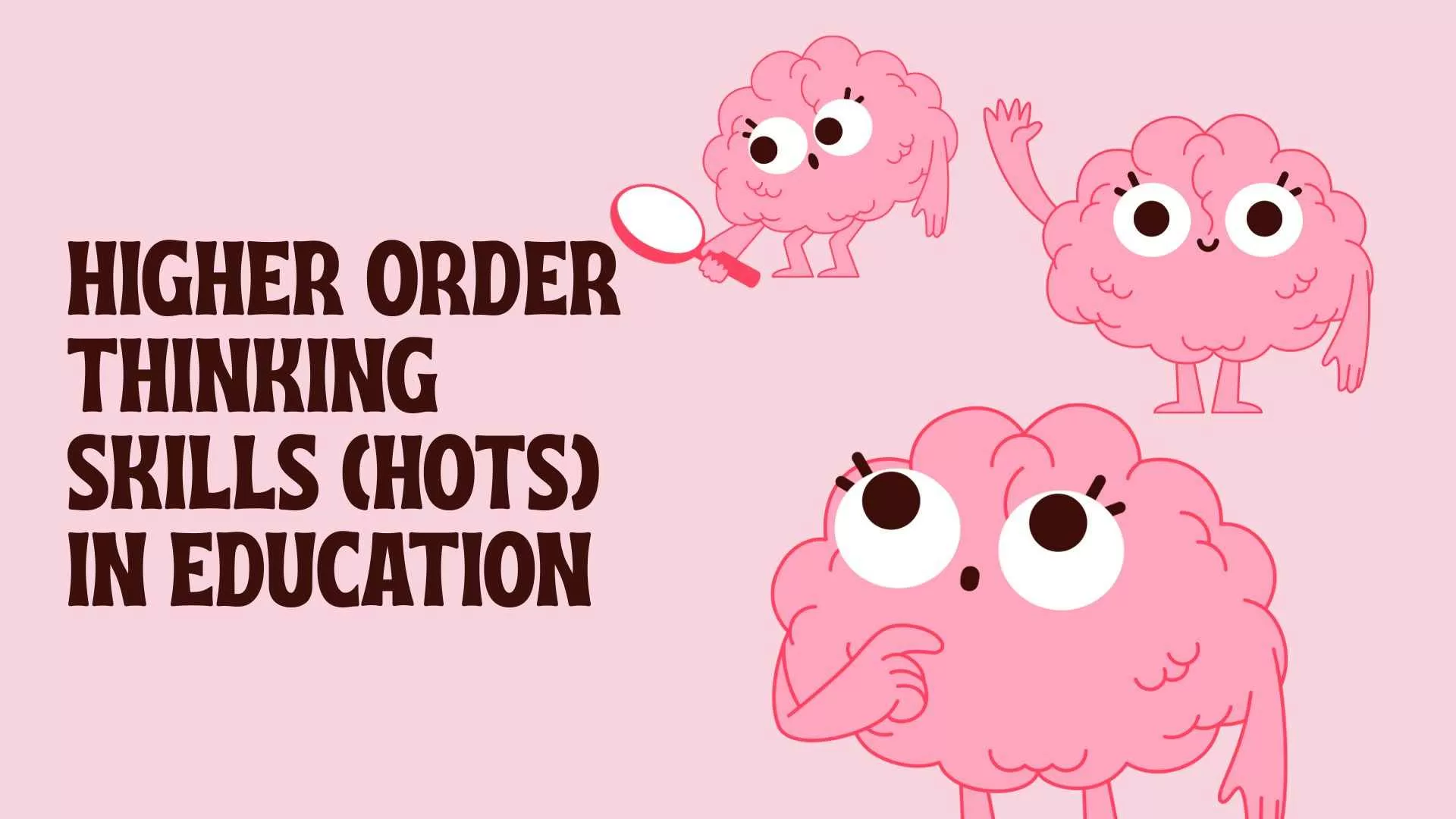Today’s academic landscape presents a long-standing issue of making students rote-learn and then disremember knowledge, which can hinder genuine learning. Students are often encouraged to gulp factual information, appear for exams, and then cram a new set of facts. This results in the failure to foster actual comprehension of the taught information and the cognitive skills to apply this knowledge in their everyday lives.
Therefore, higher-order thinking skills, or HOTS, are important to save students from the pressure of memorization and prepare them to be lifelong learners. Learners who exhibit HOTS can connect their thoughts, concepts, and ideas, solve problems logically, and apply reasoning to domains outside the sphere of their learning.
This blog covers an in-depth understanding of HOTS, why they matter in education, strategies to develop HOTS in learners, methods of assessing these skills in students, challenges with inculcating them amongst pupils, and how digital learning and AI are transforming HOTS development in the current age.
Why HOTS Matter in Education
Higher-order thinking encompasses a range of neurocognitive skills, which include, but are not limited to, critical thinking, logical thinking, reflective thinking, metacognition, and creativity. These skills are activated when an individual is faced by a dilemma, an unusual situation, or a problem. When HOTS are applied well, they result in outcomes, decisions, and performances that are rational and within the scope of existing knowledge and experience of the individual. This fosters the aspiration for continued growth in HOTS and other intellectual abilities.
HOTS are based on lower-order thinking skills that have been derived from Bloom’s Taxonomy. While lower-order skills include basic reasoning, differentiation, and analytical abilities, HOTS build upon these to go beyond simply doing a descriptive analysis, memorizing facts, and regurgitating them. Therefore, higher-order thinking can be more stimulating and worthwhile yet perplexing for students than other lower-order thinking styles.
Higher-order thinking skills are based on and built upon the lower-order thinking skills. These are outlined in Bloom’s taxonomy and include skills like discernment, simple reasoning, and analytical abilities. Proper instruction strategies and appropriate learning contexts facilitate the development of HOTS in addition to students’ own determination to learn, self-monitor their educational journey, and remain progressive with malleable approaches to studying.
HOTS are crucial in the classroom because it is vital to prepare students for the real world. Very often, students find themselves grappling with problems like memorization of facts, zero conceptual learning, and the inability to apply the learned material in realistic contexts. HOTS, therefore, are crucial for students’ cognitive development so they may be able to overcome their struggles and understand the concepts that they usually cannot grasp.
Furthermore, many jobs require fast and critical thinking in various situations, as a manual will not always give you the exact answer to how to handle a situation. HOTS foster independent learning, creativity, adaptability, and lifelong learning amongst students. These abilities are highly in demand by employers and encompass transferable abilities vital in a number of circumstances.
Also, relating content to the actual world is crucial, and pinpointing learners’ abilities can make them understand why it is essential to strive harder. For example, it is not necessarily the arithmetic formula for volume that they need to remember for the future, but the conclusions that are drawn from it and the skills to apply this knowledge to real-life situations.
Developing Higher-Order Thinking Skills in Learners
A few ways to inculcate higher-order thinking skills in students include:
1. Asking Questions
A simple and effective way to help students improve HOTS is by asking good questions. The technique used to question students every day can help them to develop a variety of higher-order thinking skills. As a math teacher, for instance, one can constantly ask extension questions and challenge the students to think out of the box to help develop their HOTS.
2. Talking on Abstract and Concrete Topics
Moving back and forth between tangible and abstract learning concepts is another way to help students develop HOTS. A simple example to illustrate this is about an apple. The concrete is the apple, as one can touch, cut, eat, and observe it. Moving toward less concrete is a picture of an apple, and abstract is the word apple. You can bring it back to concrete by having an actual apple again.
3. Using Graphic Organizers
The use of graphic organizers is one of the classroom strategies that can help improve HOTS. A Venn diagram helps students to visualize the similarities and differences between two different things and can help students to compare and contrast. Another creative way to develop HOTS among students is to use ‘Socratic circles.’ This is an excellent strategy to inculcate teamwork abilities and foster collaborative learning so that one student can view an idea and analyze it from different angles and perspectives.
4. Introducing Metacognition and Reflective Thinking
Metacognition is the practice of analyzing one’s own thought process, recognizing patterns, and adjusting strategies to improve learning and decision-making. For example, when you notice a pattern of repeated mistakes, you can pause and ask yourself, “Why do I keep getting stuck at this point?” This reflective practice boosts strategic thinking and helps individuals adjust their thinking to achieve better outcomes.
Challenges in Promoting HOTS among Students
A lot of challenges persist when teachers try to promote higher-order thinking amongst their pupils. A few of them include:
1. Low Knowledge Level of Teachers about HOTS
Teachers are sometimes unable to discern HOTS as an ability, educational strategy, or learning process. Most educators, even though they realize that HOTS are vital for students’ metacognitive development, lack the fundamental knowledge of it, which challenges their ability to inculcate HOTS in their students. Teachers also are not given adequate training on how they can help develop HOTS among learners, so they end up applying it the way they understand, which is often not appropriate.
2. Teachers’ Difficulty in Delivering Apperception to Students
Apart from this, teachers are unable to deliver apperception in students, which acts as a bridge connecting students’ prior learning to the concepts they are currently being taught. In the pedagogic scenario, teachers must strive to relate the students’ knowledge to the new ideas they will teach. If this apperception is absent from their instructional methodology, students will not only face hurdles with comprehension but also feel uninterested in what’s being taught.
3. Difficulty in Designing and Applying Assessment Based on HOTS
Moreover, it is also vital for teachers to be able to integrate HOTS in designing and applying assessments. However, most tutors face difficulties in assessing students based on their higher-order skills because they are unable to determine the indicators to measure HOTS. Most teachers, especially those who have been teaching for a long time without the implementation of HOTS, conceive these skills as difficult. Thus, they end up using the same old traditional assessment techniques.
Future Directions and Global Perspectives
Education’s future relies on HOTS integration at higher levels. Students with synthesis abilities solve complex problems in new situations. From elementary to high school, active learning creates real-world readiness. When educators prioritize students’ higher-order thinking, learning outcomes improve significantly. HOTS prepares learners for real challenges by enhancing information processing abilities, making effective thinking necessary for all learning experiences.
In this matter, Artificial Intelligence (AI) has disrupted the field of education, leading to a large amount of research being done on its benefits, downsides, risks, and challenges. AI can serve as an intelligent tutoring system that offers students personalized feedback based on their needs and pace, hence fostering reflective and metacognitive thinking. Teachers may also apply AI to rapidly prepare lesson plans or generate a variety of assessment questions based on HOTS and rubrics and spend more time with students one-on-one.
However, one area of risk and uncertainty is the over-reliance of students on AI tools. Generative AI like ChatGPT and Gemini can produce high-quality academic content that may not be detected by teachers. However, new policies and regulations must be put in place to distinguish between the usage of AI tools as a resource for getting ideas and leveraging it for generating entire content materials and posing it as one’s own work. Also, other AI tools like responsive learning portals and predictive analytics can enhance metacognition and critical thinking abilities, but relying too often on these tools can hinder the further development of these HOTS.
Conclusion
In today’s increasingly technology-dependent society, teachers, instructors, and school administrators need to focus on utilizing AI tools to create interactive classrooms that foster HOTS-based learning among students, enabling them to develop critical thinking and logical reasoning skills—key HOTS skills. Hence, combining Bloom’s taxonomy and HOTS to design and develop educational curricula, such as HOTS-based assessment criteria and evaluation tools integrated within the institute’s LMS systems, can be fruitful in the long run in preparing students for the real-world challenges.



